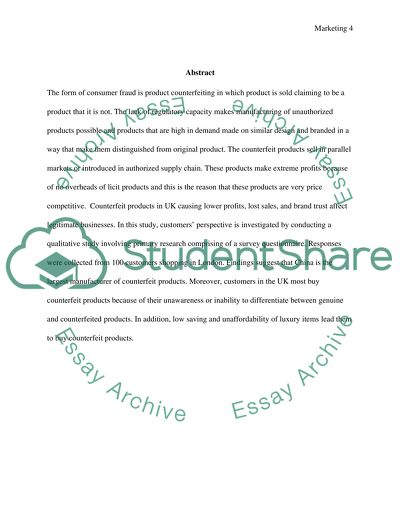Cite this document
(“Counterfeiting and Pricing in China and UK Dissertation”, n.d.)
Retrieved from https://studentshare.org/marketing/1396391-counterfeiting-and-pricing-in-china-and-uk
Retrieved from https://studentshare.org/marketing/1396391-counterfeiting-and-pricing-in-china-and-uk
(Counterfeiting and Pricing in China and UK Dissertation)
https://studentshare.org/marketing/1396391-counterfeiting-and-pricing-in-china-and-uk.
https://studentshare.org/marketing/1396391-counterfeiting-and-pricing-in-china-and-uk.
“Counterfeiting and Pricing in China and UK Dissertation”, n.d. https://studentshare.org/marketing/1396391-counterfeiting-and-pricing-in-china-and-uk.


